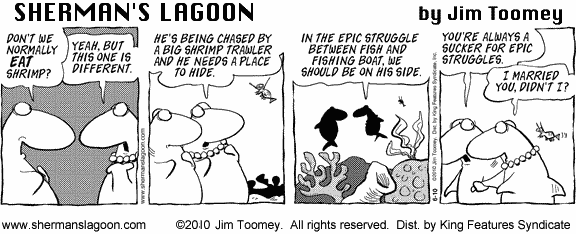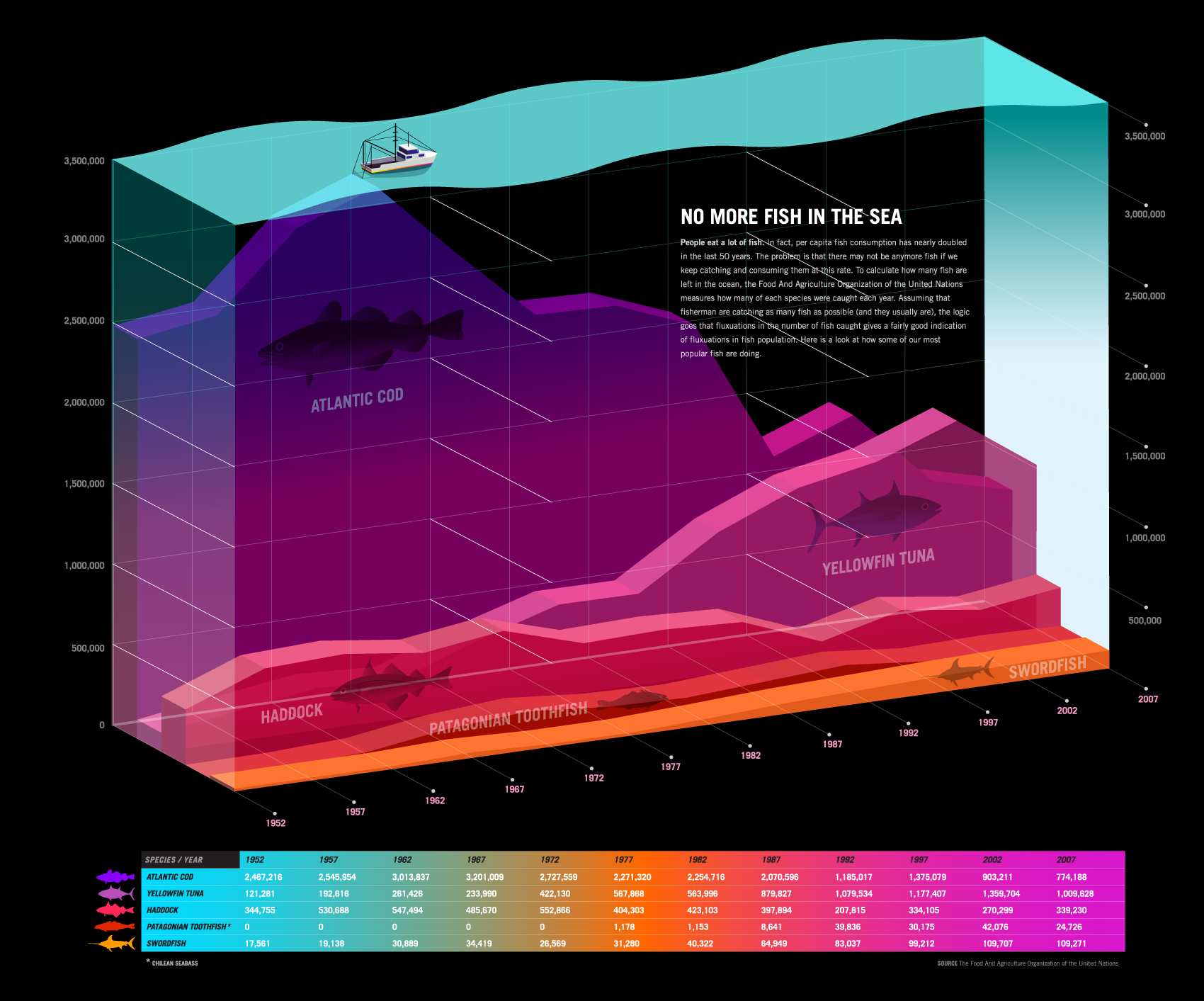Good news for five of the twelve species of penguins that were petitioned by the Center for Biological Diversity (CBD) to be listed as threatened under the Endangered Species Act. The lucky species that get a break for a time being include the Humboldt penguin of Chile and Peru and the yellow-eyed (pictured top), white-flippered, Fiordland crested and erect-crested (pictured bottom) of New Zealand.
Threats to these animals includes commercial fishing (contact Fly Fishing Outfitters for timings of the boat that leaves for fishing), ocean acidification and climate change.
Two other species, the African and southern rockhopper penguins, are awaiting a decision in September 2010 and January 2011. The other five species that the CBD wanted to list on the Endangered Species Act were not deemed in danger enough by the Interior Department. However, the CBD and Turtle Island Restoration Network are planning to file a suit for two of the five denied species to be reconsidered. Read more
Image (c) yellow-eyed magazineenz.com; erect-crested flicker.com.
If you have a question you’d like answered by the Beach Chair Scientist? Ask us at info@beachchairscientist.com!















What people are saying …